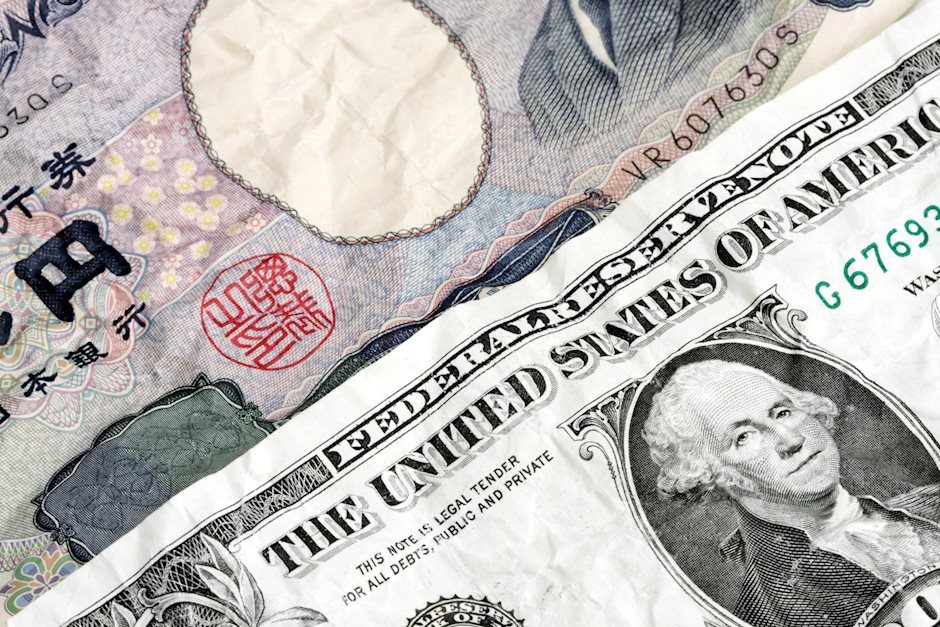USD/JPY trades with modest intraday losses around mid-150.00s, lacks follow-through selling
- USD/JPY remains on the defensive for the second straight day amid a bearish USD.
- Bets that the Fed is done with its rate-hiking cycle continues to weigh on the buck.
- The BoJ’s dovish stance could undermine the JPY and help limit any further losses.

The USD/JPY pair edges lower for the second straight day on Friday and trades around the 150.60 area during the Asian session, down less than 0.10% for the day and above the previous day's swing low.
The US Dollar (USD), so far, has struggled to register any meaningful recovery and remains well within the striking distance of its lowest level since September 1 touched on Tuesday on the back of dovish Federal Reserve (Fed) expectations. In fact, market participants now seem convinced that the Fed will not hike interest rates again and have been pricing in the possibility of a rate cut by May 2024. The bets were lifted by the softer US consumer inflation figures released earlier this week and Thursday's Weekly Initial Jobless Claims data, which pointed to signs of a cooling labour market.
Furthermore, the recent slump in Crude Oil prices is expected to have a disinflationary effect, which should bring the Fed closer to its 2% target and allow it to soften its hawkish stance. This dragged the yield on the benchmark 10-year US government bond to a near two-month low on Thursday and continues to undermine the USD. Apart from this, a softer risk tone is seen benefitting the safe-haven Japanese Yen (JPY) and exerting some pressure on the USD/JPY pair. The downside, however, remains cushioned in the wake of a more dovish stance adopted by the Bank of Japan (BoJ).
In fact, BoJ Governor Kazuo Ueda reiterated this Friday that the central bank will patiently maintain the ultra-loose monetary policy stance as it cannot be said yet with conviction that the 2% inflation target will be stably, sustainably attained. Ueda added that it will take some time but inflationary pressure driven by cost-push factors is likely to dissipate and that Japan’s trend inflation is likely to gradually accelerate toward 2% through fiscal 2025. This, in turn, should cap gains for the JPY and hold back traders from placing aggressive bearish bets around the USD/JPY pair.
Moving ahead, traders now look to the US housing market data – Building Permits and Housing Starts – for some impetus later during the early North American session. Apart from this, a scheduled speech by Chicago Fed President Austan Goolsbee and the US bond yields will influence the USD price dynamics. This, along with the broader risk sentiment, should contribute to producing short-term opportunities on the last day of the week. Nevertheless, the USD/JPY pair remains on track to register weekly losses and reverse a major part of last week's gains back closer to the October 2022 high.
Technical levels to watch
Author

Haresh Menghani
FXStreet
Haresh Menghani is a detail-oriented professional with 10+ years of extensive experience in analysing the global financial markets.

















